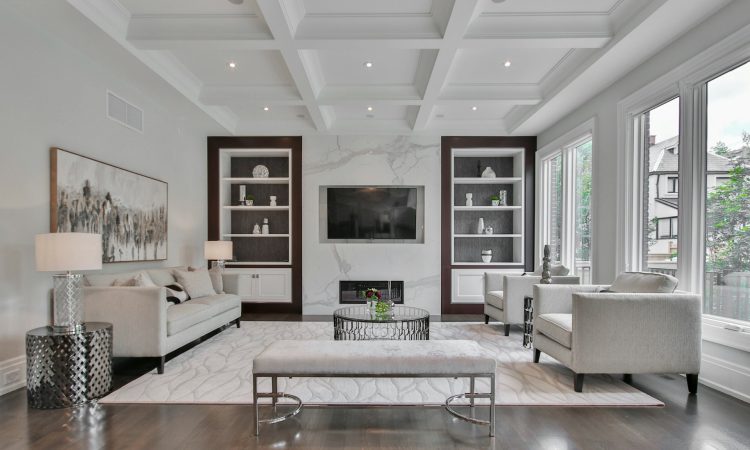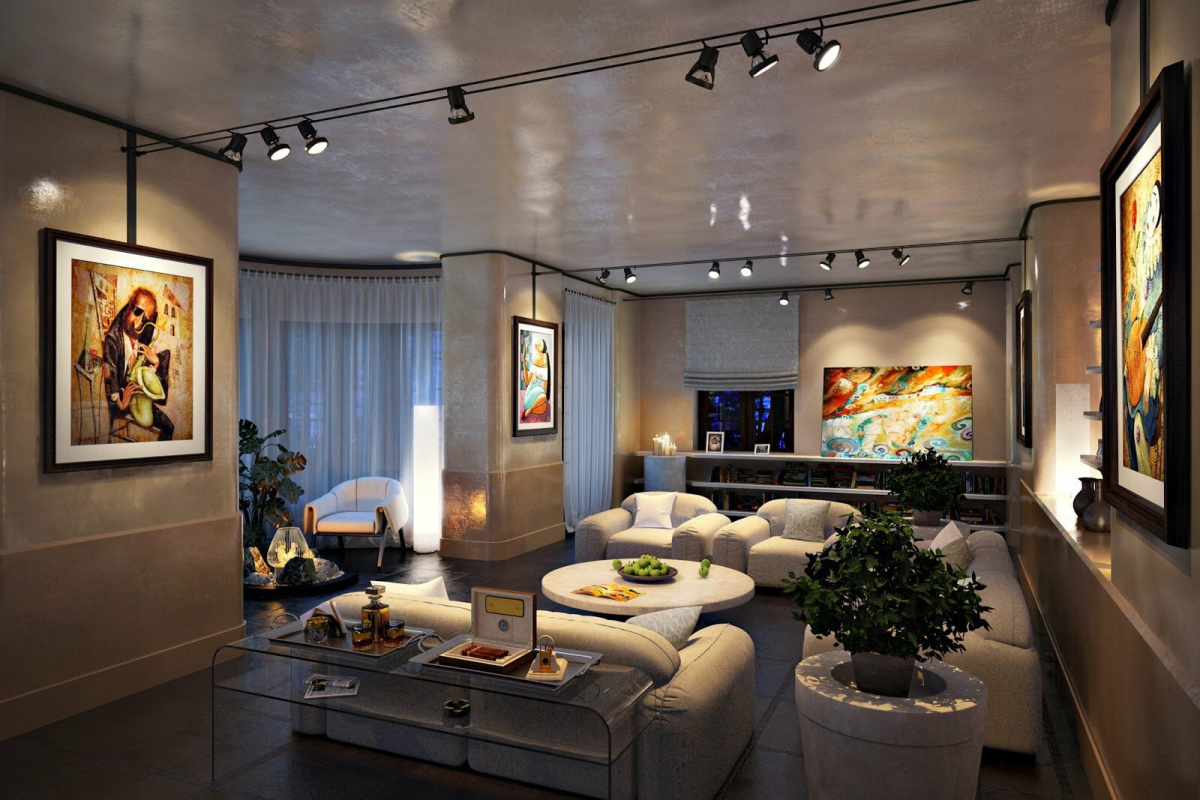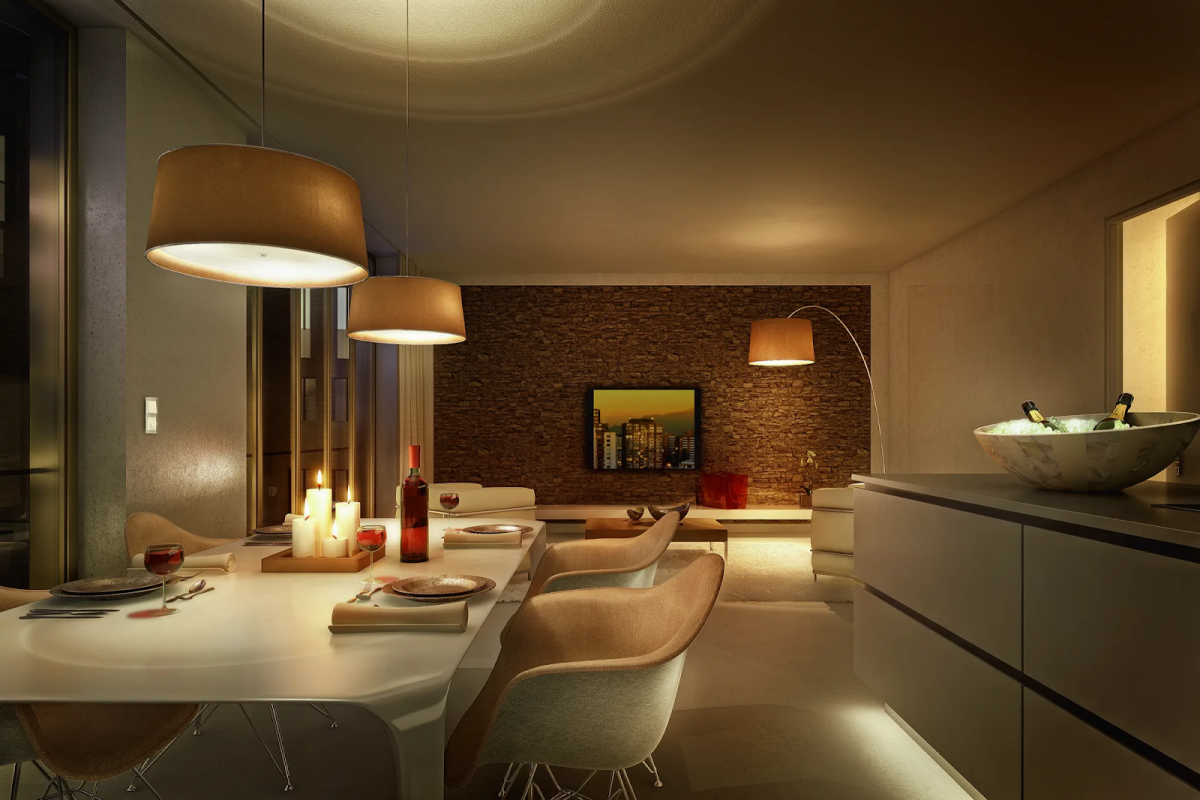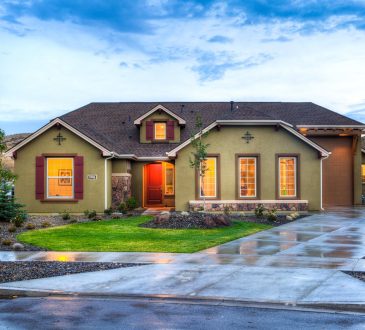
When it comes to interior design, lighting is one of the most crucial elements that can make or break a space. While many people focus on furniture, color schemes, and decor, lighting is the unsung hero that can elevate an ordinary room into something extraordinary. In the world of Interior Design London, experts have long understood that bigger is better when it comes to lighting. A well-thought-out lighting plan can not only brighten a space but also create moods, define areas, and bring an entire design vision to life.
The Power of Oversized Lighting
In modern interior design, oversized lighting fixtures are no longer just an accent—they are a statement. Large chandeliers, dramatic pendant lights, and floor-to-ceiling LED installations are becoming the focal points of high-end projects. In Interior Design London, designers often use grand lighting installations to add a sense of luxury and sophistication. A massive chandelier over a dining table or a striking sculptural light fixture in a living room can set the tone for the entire space.
Why Go Big?
- Aesthetic Impact: A grand light fixture can serve as an artistic centerpiece, adding elegance and character to any space.
- Functional Brilliance: Large lighting solutions provide superior illumination, reducing the need for multiple smaller fixtures and ensuring uniform brightness.
- Space Enhancement: Oversized lights create an illusion of grandeur, making even small rooms feel more expansive and luxurious.

Layering Light for Maximum Effect
A single oversized fixture may be stunning, but the real magic happens when multiple lighting elements work together. In Interior Design London, professionals often use layered lighting strategies to enhance both functionality and aesthetics.
Three Key Layers of Lighting
- Ambient Lighting: The primary source of light in a room, often from ceiling fixtures or recessed lighting, that sets the general brightness level.
- Task Lighting: Focused lighting, such as desk lamps or under-cabinet LEDs, which provides illumination for specific activities.
- Accent Lighting: Decorative or directional lighting, such as wall sconces or track lights, that highlights architectural features and artwork.
By combining these layers, designers can create dynamic lighting scenarios that adapt to different needs and moods. A well-balanced lighting design ensures that no corner is left in the dark while maintaining an inviting and luxurious atmosphere.
The Role of Smart Lighting
Technology has revolutionized the way we illuminate our homes and commercial spaces. Smart lighting systems, a growing trend in Interior Design London, allow homeowners to control brightness, color temperature, and even lighting effects with just a tap on a smartphone.
Advantages of Smart Lighting
- Customizable Ambiance: Adjust lighting settings to suit different times of the day or occasions.
- Energy Efficiency: Automate lights to turn off when not needed, reducing electricity consumption.
- Convenience & Control: Voice-activated and app-controlled systems make it easier than ever to manage lighting scenarios.
- Mood Enhancement: Change color temperatures to create warm, relaxing atmospheres or bright, energizing environments.
By integrating smart lighting solutions, designers can offer flexibility and innovation, making spaces more adaptable and user-friendly.
Statement Pieces: The Bold Choice
Incorporating bold and oversized lighting is a hallmark of modern luxury. In Interior Design London, designers often experiment with extravagant chandeliers, industrial-style hanging fixtures, or even futuristic LED sculptures. These statement pieces do more than just illuminate—they tell a story.
Popular Oversized Lighting Trends
- Sculptural Chandeliers: Art-inspired designs that serve as both light sources and conversation starters.
- Multi-Pendant Clusters: Arrangements of hanging bulbs or orbs that create a unique visual effect.
- Oversized Floor Lamps: Dramatic arc lamps that add elegance and function to living spaces.
- Linear Suspensions: Sleek, modern designs perfect for illuminating dining areas or kitchen islands.
When used correctly, these lighting elements can dramatically enhance the personality of a space, making it not just functional but unforgettable.
The Importance of Natural Light
While artificial lighting plays a crucial role, natural light remains a fundamental component of good interior design. Interior Design London projects often prioritize maximizing natural light through strategic window placements, skylights, and reflective surfaces. The combination of natural and artificial light creates a balanced, vibrant atmosphere that evolves throughout the day.
How to Enhance Natural Light
- Large Windows & Glass Doors: Allow more daylight to flood into a room.
- Mirrors & Reflective Surfaces: Bounce light around the space to make it feel brighter and more open.
- Light Colors & Materials: Opt for pale walls and glossy finishes to enhance natural light distribution.
- Sheer Curtains: Maintain privacy while still allowing sunlight to penetrate the room.
Blending natural and artificial lighting ensures that spaces remain visually appealing and functional at all hours.

Lighting for Different Spaces
Living Rooms
For a well-lit and inviting living room, designers in Interior Design London often combine a statement chandelier with layered lighting elements like table lamps, wall sconces, and LED strips behind shelving.
Kitchens
Task lighting is essential in kitchens. Pendant lights over islands, under-cabinet LEDs, and recessed ceiling fixtures create a balance of function and style.
Bedrooms
Soft, dimmable lighting is ideal for bedrooms. Oversized pendant lights, bedside sconces, and backlit headboards can create a relaxing sanctuary.
Bathrooms
Bright vanity lighting combined with ambient ceiling lights ensures both practicality and luxury in bathrooms.
Offices
Task lighting, such as adjustable desk lamps, combined with ambient light can improve productivity and reduce eye strain.
The Future of Lighting in Interior Design
As technology advances, the role of lighting in interior design continues to evolve. Interior Design London is at the forefront of this revolution, embracing innovations such as:
- Human-Centric Lighting: Systems that mimic natural daylight to improve well-being and productivity.
- Biophilic Lighting: Designs that incorporate natural elements, such as LED panels that mimic skylights.
- Interactive Lighting: Motion-sensitive lights that respond to movement, adding both convenience and drama.
- Sustainable Solutions: Energy-efficient LEDs and solar-powered lighting options that reduce environmental impact.
By staying ahead of these trends, designers can create spaces that are not just visually stunning but also smart, sustainable, and adaptable to modern lifestyles.
Bigger is truly better when it comes to lighting scenarios. A well-executed lighting plan can transform any space, creating depth, drama, and functionality. Whether through grand chandeliers, layered lighting techniques, or smart technology, Interior Design London continues to set the standard for luxurious and innovative lighting solutions.
For those looking to elevate their interiors, embracing bold lighting choices is the key to creating spaces that feel both dynamic and refined. So, the next time you think about revamping a room, don’t just focus on furniture—think bigger, brighter, and bolder with lighting.





